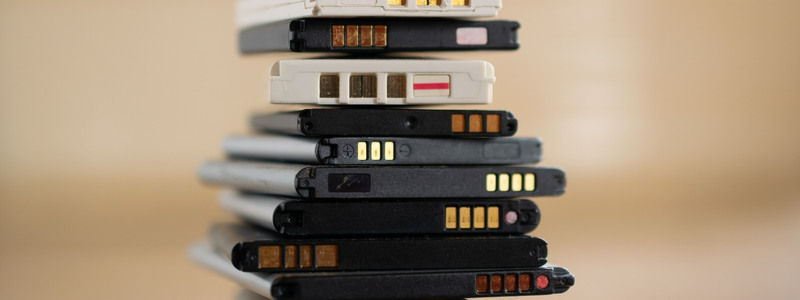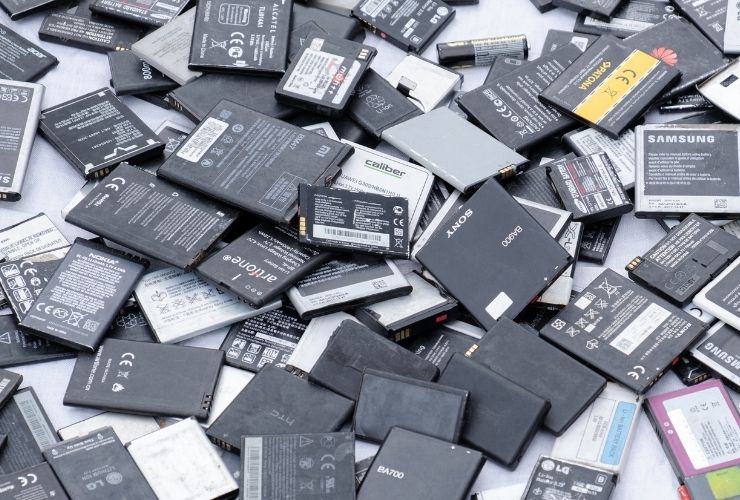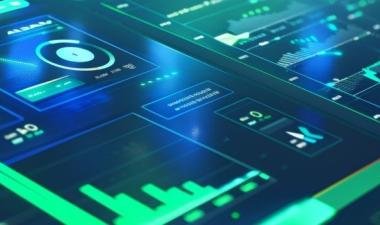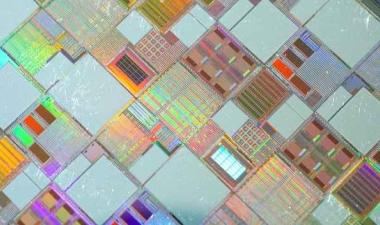Navigating the Evolution of Lithium-Ion Batteries in Consumer Electronics

Lithium-ion batteries have long been the cornerstone of power sources for a wide range of portable electronic devices, from smartphones and wearables to laptops and more. As consumer electronics continue to evolve, becoming smaller and lighter while demanding higher energy capacities for features like constant connectivity and high-resolution displays, the challenges in designing the perfect battery solution grow. Moreover, regulations, such as the European Union's 2027 mandate for replaceable batteries, add complexity to the equation.
Selecting the right battery for a specific application isn't a one-size-fits-all endeavor. The choice of battery heavily depends on the specific needs of the application, which can vary significantly in terms of key performance metrics. With the demand for energy storage in portable, wearable, and electric vehicles on the rise, substantial efforts are dedicated to improving lithium-ion battery technology. This endeavor aims to create batteries with higher energy density without sacrificing critical attributes like rapid charging and discharging capabilities.
Key Battery Performance Metrics:
To assess batteries for various applications, a set of key performance metrics is used. These metrics define the battery's capabilities and efficiency in different scenarios. The full article in the TechInsights Platform give a glimpse of these metrics and the approaches to enhance them.
Industry Advancements:
The industry is witnessing notable advancements in these performance metrics. Energy densities are on track to reach 350 Wh/kg at the cell level by 2025. Competition among product manufacturers is driving the adoption of fast-charging technologies. For instance, Xiaomi and the BBK group (Realme, Vivo, and OPPO) have introduced cell phones supporting 120 W+ charging, pushing the limits of charging speeds. However, it's important to note that such high charging and discharging rates can accelerate battery aging and potentially pose safety risks.
In addition to performance, factors like the cost of battery packs and their environmental impact significantly influence battery development. Over the past decade, the cost of lithium-ion battery packs has seen a remarkable fivefold decrease, and it's expected to further drop to $100/kWh by 2026. The carbon footprint of current lithium-ion batteries for consumer electronics is under scrutiny, with a growing emphasis on reducing it through novel materials and recycling initiatives.
Li-ion Battery Technology Domains:
Improving these key performance metrics necessitates innovations in six core technology domains: Cell Design, New Anodic Materials, New Cathodic Materials, Electrolyte Additives, Solid-State Batteries, and Recycling and Sustainability.
To track the evolution of lithium-ion batteries in consumer electronics, TechInsights offers a comprehensive Battery Subscription. This subscription provides insights through "Battery Cell Essentials" and "Battery Characterization." The Battery Cell Essentials channel delves into materials and structural analysis of innovative lithium-ion battery cells used in devices like smartphones, wearables, and laptops. It also covers the battery pack's fit in the source device and details components found in the battery protection control module. The Battery Characterization channel focuses on mobile and smaller form factors, offering insights into thermal characteristics during wireless and wired charging and battery performance under varying conditions.
In conclusion, as consumer electronics continue to evolve, so does the technology that powers them. This roadmap for lithium-ion batteries in consumer electronics highlights the critical performance metrics and ongoing innovations driving the development of more efficient, cost-effective, and environmentally sustainable battery solutions. TechInsights' Battery Subscription plays a pivotal role in tracking and analyzing these innovations, providing valuable insights for the industry and consumers alike.
















